What’s Included in a Professional Interior Painting Estimate

You’ve finally decided to paint your home’s interior—but then the estimates start rolling in. One quote is surprisingly low. Another is nearly double. Both contractors seem experienced, but the gap in pricing makes you hesitate.
Before assuming the lowest price is the best deal, it’s important to understand what is included in a professional interior painting estimate—and what often gets left out. Not all painting quotes are created equal, and vague estimates can quickly lead to expensive surprises later.
In this guide, we’ll break down the key components a thorough, transparent estimate should include—so you know what to expect, what to question, and why the details matter.
Clear Scope of Work: What’s Being Painted (and What’s Not)
A quality painting estimate should leave no room for guesswork. Homeowners need to see exactly what is—and isn’t—included.
This section of the estimate outlines the specific areas being painted and identifies any exclusions. It also notes whether special features are part of the job or optional add-ons.
Here’s what a clearly defined scope usually includes:
- Room breakdown: Lists each space to be painted (e.g., bedroom, hallway, living area).
- Surfaces covered: Identifies whether ceilings, walls, doors, or trim are included.
- Exclusions: Notes anything not covered, like closets, interior doors, or accent walls.
- Optional upgrades: Includes features like crown molding, built-ins, or cabinets as add-ons.
- Surface condition notes: Documents if any areas need extra prep or repairs before painting.
This kind of detail sets clear expectations from day one and helps avoid confusion, delays, or last-minute charges during the project.
Prep Work and Surface Repairs
Surface preparation has a major impact on the final result—and professional estimates reflect that. It’s one of the most important line items in any quote.
Before a single brush stroke, professional painters spend time preparing the space. This includes repairing damaged surfaces, cleaning walls, and protecting surrounding areas from drips or overspray.
Here are the prep services typically included in a detailed painting estimate:
- Wall repair: Filling nail holes, patching minor dents, sanding rough areas.
- Caulking and sealing: Sealing gaps around trim and joints to create clean edges.
- Priming surfaces: Applying primer to stained or bare areas for even paint coverage.
- Surface protection: Covering furniture, flooring, and fixtures with drop cloths or plastic.
- Tape and masking: Creating crisp lines around windows, doors, and edges.
These steps aren’t optional if you want a long-lasting, professional finish. Cutting corners on prep work almost always leads to peeling paint, visible flaws, and costly touch-ups.
Materials and Products Specified by Brand or Grade
Not all paint is created equal—and a quality estimate makes that clear. Professional painters always specify the materials they plan to use.
The brand, type, and quality of paint directly affect the finish, durability, and overall appearance of the project. That’s why reputable contractors include this information in the written estimate.
Here’s what material details are typically outlined:
- Paint brand and product line: Specifies if premium or mid-grade paint will be used (e.g., Sherwin-Williams Emerald vs. SuperPaint).
- Number of coats: Most interior jobs require two coats for full coverage—this should always be listed.
- Finish type: Indicates whether the finish will be flat, matte, eggshell, satin, or semi-gloss, depending on the room.
- Primer type: States whether primer will be used and if it’s tinted or standard.
- Warranty coverage: May include manufacturer-backed guarantees on paint performance or fade resistance.
This level of detail allows you to compare quotes accurately. It also protects against bait-and-switch tactics where lower-cost, low-grade products are substituted after the estimate is approved.
Labor Timeline and Cleanup Details
Professional painting isn’t just about how it looks—it’s also about how the project is managed. A reliable estimate will include both the timeline and cleanup process.
This section helps homeowners understand what to expect once the job begins. It sets clear expectations around crew hours, disruption, and cleanliness.
A well-written estimate typically includes:
- Project duration: How many days the job will take, including prep and drying time.
- Work hours: Start and end times for each workday to minimize disruption.
- Daily cleanup: Details about debris removal, surface protection, and workspace tidiness.
- Final walkthrough: Confirms there will be a last-day review to ensure satisfaction.
- Ventilation and safety: Outlines any steps taken to manage odor, dust, or access.
These details give peace of mind. They show that the painting crew respects your home and values communication just as much as craftsmanship.
Pricing Breakdown and Payment Terms
A detailed cost breakdown is one of the most important parts of any interior painting estimate. This section helps homeowners understand how the total price is calculated—and what payment structure to expect.
Reputable painting companies will break down the numbers and explain exactly what you’re paying for. That includes labor, materials, prep work, and overhead.
A professional estimate typically includes:
- Total project cost: The full amount for labor, materials, and services.
- Itemized charges: Clear breakdowns for prep, painting, materials, and optional upgrades.
- Deposit terms: Outlines how much is due upfront and when final payment is required.
- Payment schedule: Explains if payments are due in phases or after completion.
- Fixed or variable pricing: States whether the estimate is firm or subject to adjustment based on conditions.
This transparency builds trust. It also gives homeowners a tool to compare estimates fairly—without relying on vague or misleading numbers.
The Estimate Tells You Everything About the Painter
A professional interior painting estimate isn’t just about price—it’s a reflection of how the company operates. Detailed scope, prep work, material quality, scheduling, and payment clarity all speak to a painter’s reliability and attention to detail.
Estimates that gloss over these areas often lead to inconsistent results, budget overages, or frustrating delays. But a clear, itemized quote sets the tone for a smooth, stress-free experience from start to finish.
If you’re comparing quotes or unsure what to look for, start by asking the right questions. A trustworthy painter won’t hesitate to walk you through the details.
Need an estimate you can actually trust? Request a free interior painting quote here and get a clear, detailed breakdown—no guesswork, no fine print.

